15 Foods That Should Always Be Refrigerated

Cool as a Cucumber
We've all been there: Tempting fate by begrudgingly eating the leftover pizza that's been sitting on the counter for too long, or questioning if the milk smells a tad off. But knowing which foods should be kept in the fridge is key to maximizing their shelf life and ensuring they're safe to eat.
From dairy products that are prone to spoiling to vegetables that require colder temperatures to stay fresh, here are 15 foods that should always be refrigerated.

1. Dairy Products
Dairy products such as milk, cheese, and yogurt are prime candidates for bacterial growth when left at room temperature. Keeping them in the fridge not only hampers the growth of bacteria, but also extends their shelf life to help these products taste fresh and remain nutritious for longer. Plus, who wants to eat warm yogurt anyway?

2. Eggs
In many European countries, it's common to find eggs and other items stored outside of the refrigerated section. While the practice might be surprising to those from other regions (I was shook), there's a reason behind it: Eggs in Europe typically aren't washed before being packaged and sold. This helps the eggs retain their protective "cuticle" layer, which can help stave off bacterial growth. Many egg-laying hens in Europe are also vaccinated against salmonella.
In the U.S., however, most eggs are washed prior to packaging — stripping them of this layer and making them more susceptible to salmonella and other harmful bacteria. Refrigeration is therefore needed to ensure the eggs remain safe for consumption.

3. Raw Meat, Poultry, and Seafood
These raw animal products are a breeding ground for bacteria when kept at warmer temperatures. Refrigerating them slows bacterial growth and reduces the risk of foodborne illnesses. Proper refrigeration also helps meat stay fresh for longer. If you're not planning on cooking raw meat right away, consider freezing it. For tips on how to safely defrost meat and other items, follow our guide.
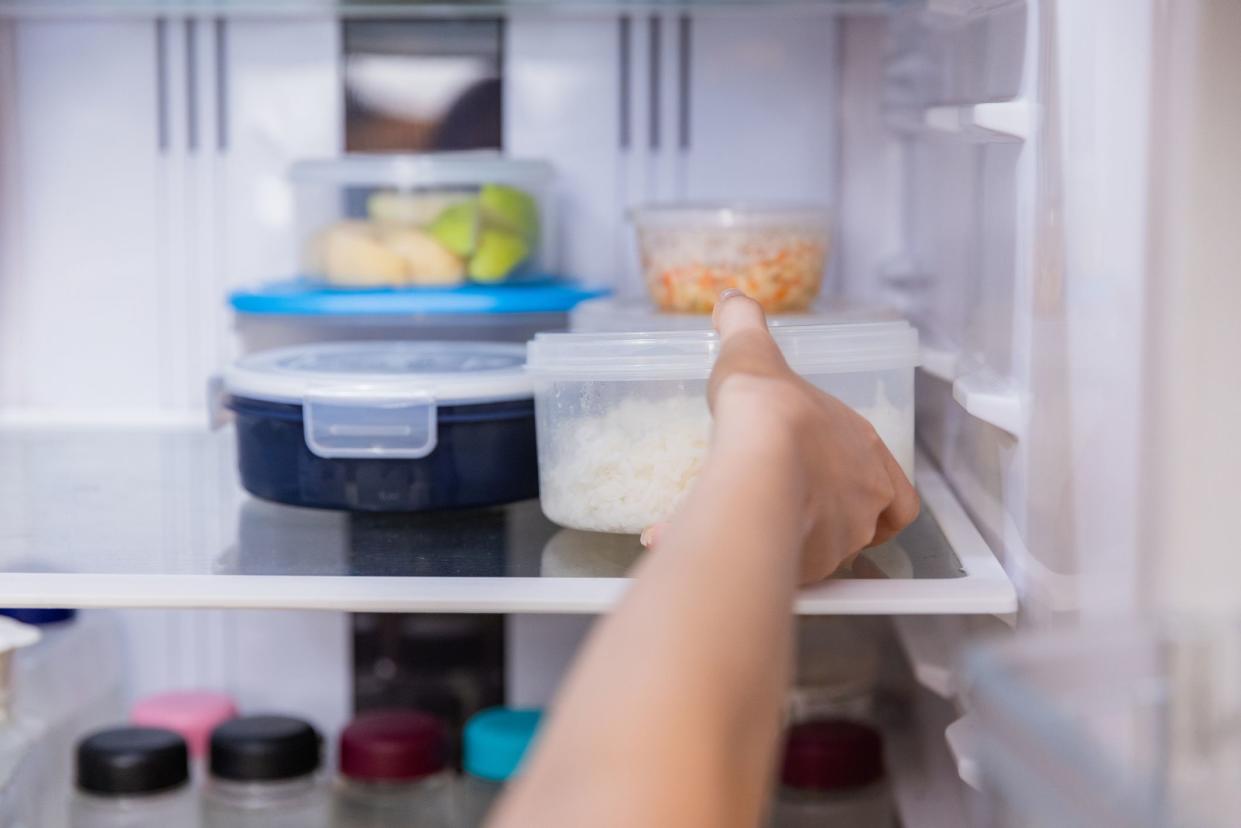
4. Cooked Leftovers
Leftovers should be refrigerated promptly to prevent spoilage and bacterial growth. Because food undergoes changes once it's cooked to a safe, internal temperature, the U.S. Department of Agriculture (USDA) advises refrigerating leftovers within two hours of cooking (or one hour if exposed to temperatures above 90 degrees Fahrenheit, such as during an outdoor BBQ or picnic) to prevent foodborne illness.
For more clever life hacks and cooking tips, please sign up for our free newsletters.
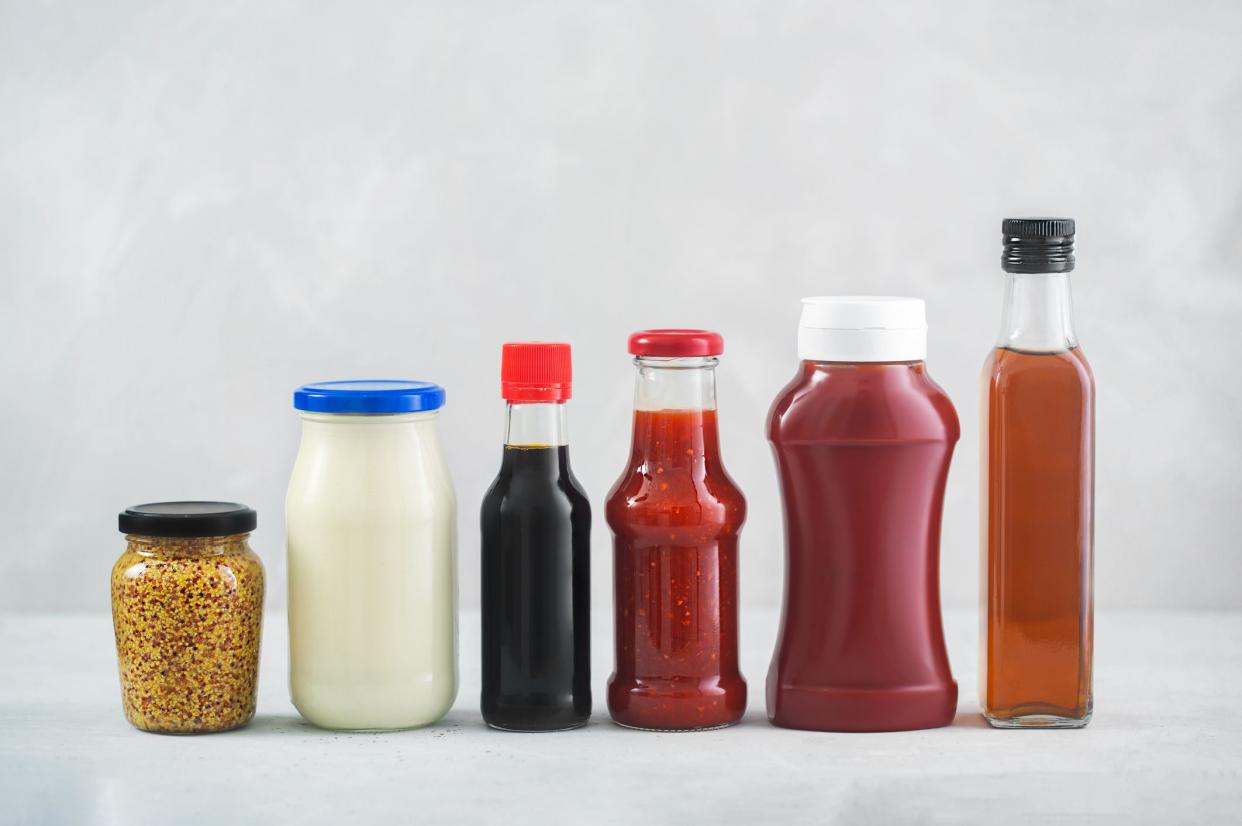
5. Opened Condiments
After being opened, condiments such as mayonnaise, mustard, or ketchup get exposed to air and contaminants. While many of these products contain vinegar and salt — which can act as natural preservatives — their shell life still decreases once they're opened. Refrigeration helps maintain the flavor and texture of your favorite condiments, while also keeping bacterial growth at bay.
Related: We Ranked 13 Ketchups, and These Are the Best (and Worst)
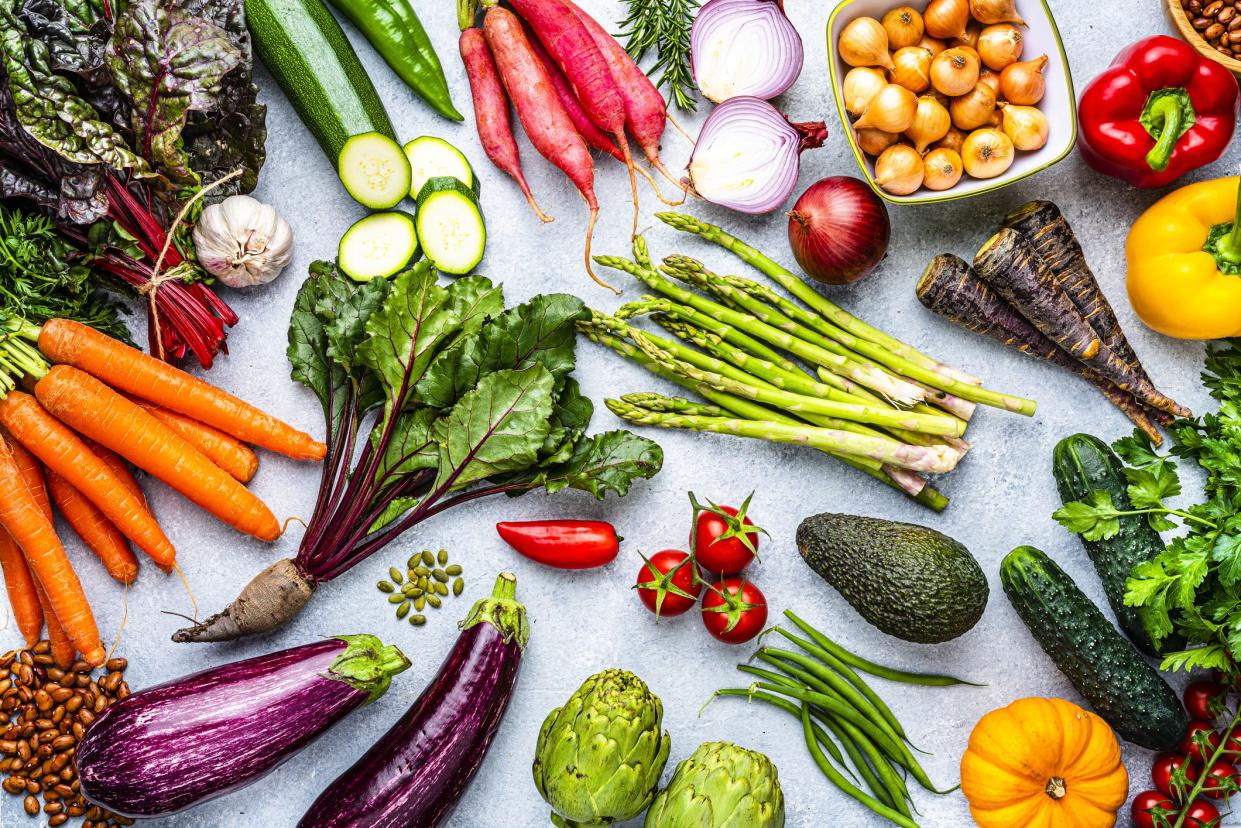
6. Fresh Produce
Many fruits and vegetables like lettuce, berries, and broccoli should be refrigerated to help them stay crisp and fresh longer. Since produce often retains residual moisture, leaving them unrefrigerated can foster the growth of mold and bacteria. Cold temperatures slow down these processes to better maintain their nutrient and water content.
Pro Tip: To extend the freshness of certain long stem vegetables such as chives, Swiss chard, and kale, place their stems in a jar filled with water. This mimics their natural environment and helps them stay crisp and vibrant.
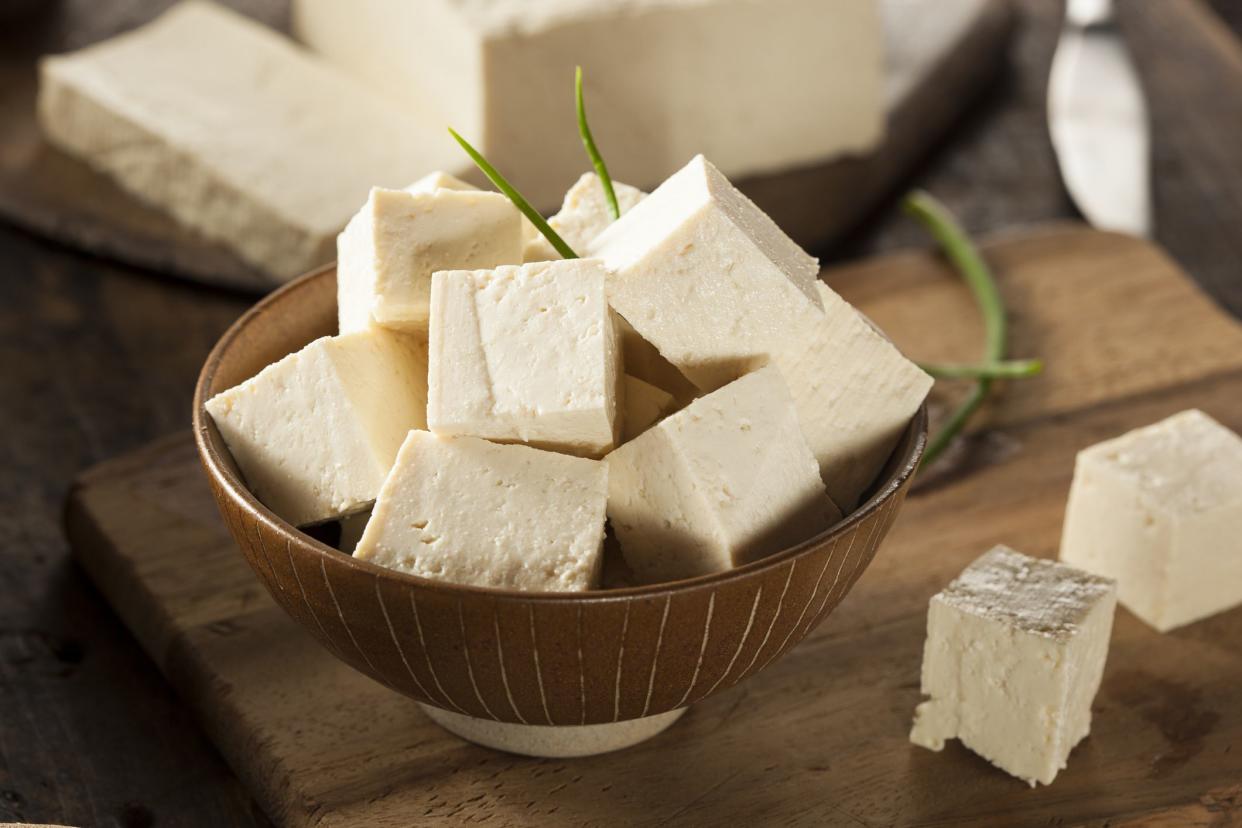
7. Tofu and Pickled Foods
Tofu is another food item that requires refrigeration. Since tofu and other fermented foods like kimchi, pickles, and sauerkraut often retain moisture — especially after being opened — proper refrigeration is key to helping them maintain freshness, texture, and prevent spoilage.
Still, opened packages of tofu should be consumed within three to five days to minimize the risk of bacterial growth and foodborne illness. Fermented foods, on the other hand, can typically last much longer in the fridge.
Related: Meatless Motivation: 10 Easy Tofu Recipes To Try Right Now
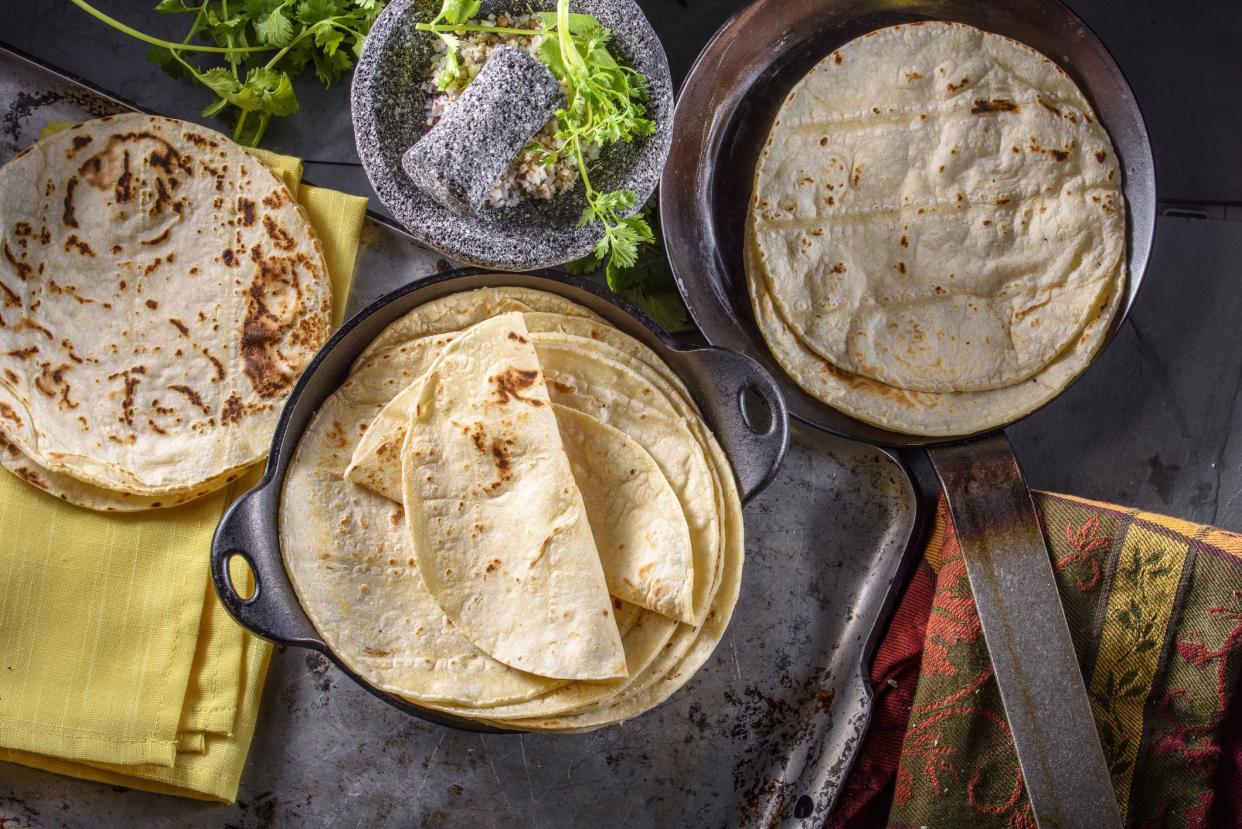
8. Tortillas
Tortillas — especially if they are homemade or have no preservatives — benefit from refrigeration. Unlike certain types of bread, which can harden when placed in the fridge, tortillas are thin and less prone to developing air pockets that can dry them out. Refrigerating tortillas can therefore help them stay fresh and prevent them from turning stale.

9. Hummus
Hummus is typically made with ingredients like tahini and chickpeas, which are prone to spoilage. By storing this creamy concoction in an airtight container and popping it in the fridge, you can extend its shelf life. This way you can ensure every scoop, whether on a pita chip or as a veggie dip, remains fresh, flavorful — and, most importantly — safe to eat.
You can also freeze hummus for up to four months, though the flavor and texture might change after being thawed.
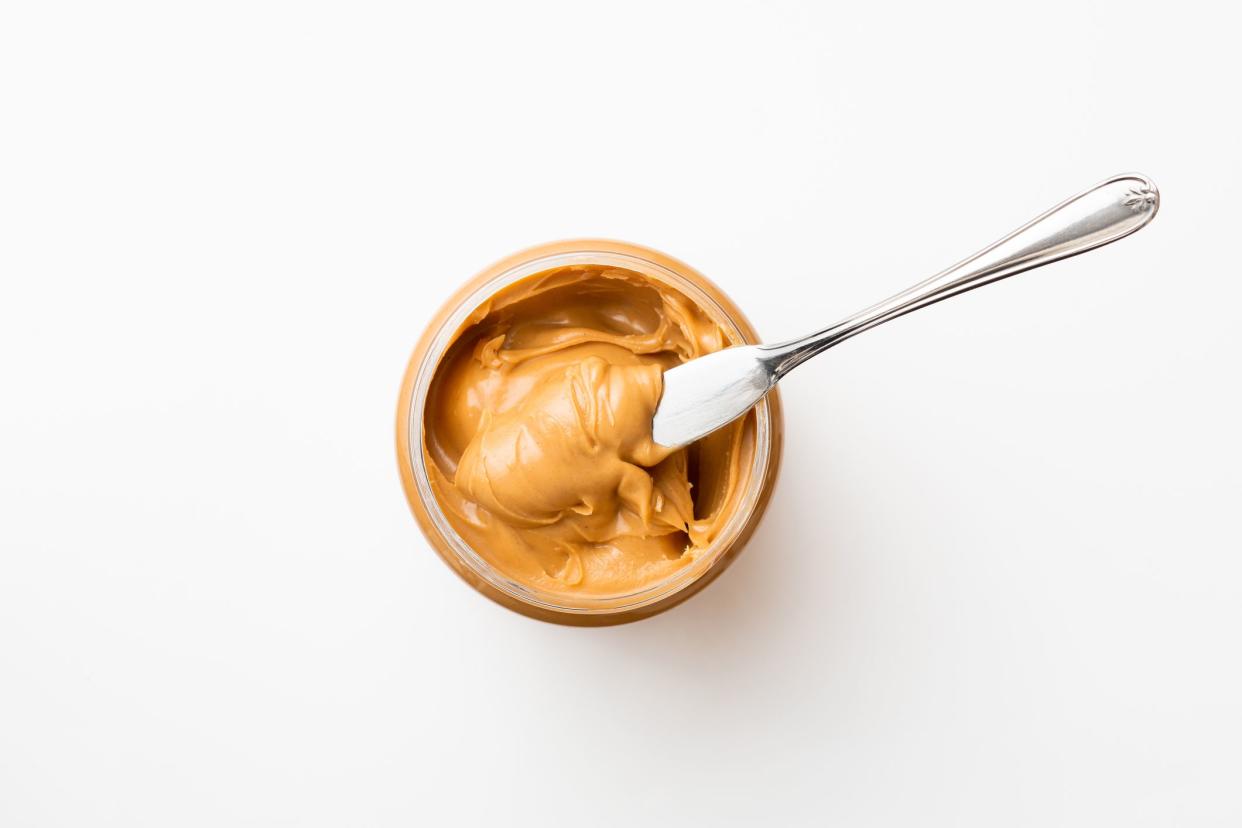
10. Natural Peanut Butter
When it comes to natural peanut butter, refrigeration is key. Unlike its processed counterparts, natural peanut butter doesn't contain preservatives. This means the oils can separate and rise to the top, which can turn the mixture rancid if left at room temperature. Keeping it in the fridge not only preserves its rich, nutty flavor but also keeps the texture from changing and becoming too watery or thick.

11. Deli Meats and Cold Cuts
While deli meats and cold cuts are typically sliced and ready-to-eat, they still require some TLC in the storage department. Leaving them out can shorten their lifespan by introducing bacteria and making them unsafe to eat. For maximum freshness, the USDA advises storing your deli meats in separate, airtight containers in the fridge and eating them within three to five days of opening.

12. Certain Baked Goods
Some baked goods with fillings made from dairy or eggs can become a playground for bacteria if left unrefrigerated for too long. This is especially true for desserts such as eclairs, cream pies, and custard tarts, which are delicate and can spoil easily when exposed to high temperatures. To ensure your desserts stay moist and fresh, make some space in the fridge and store them in airtight containers.
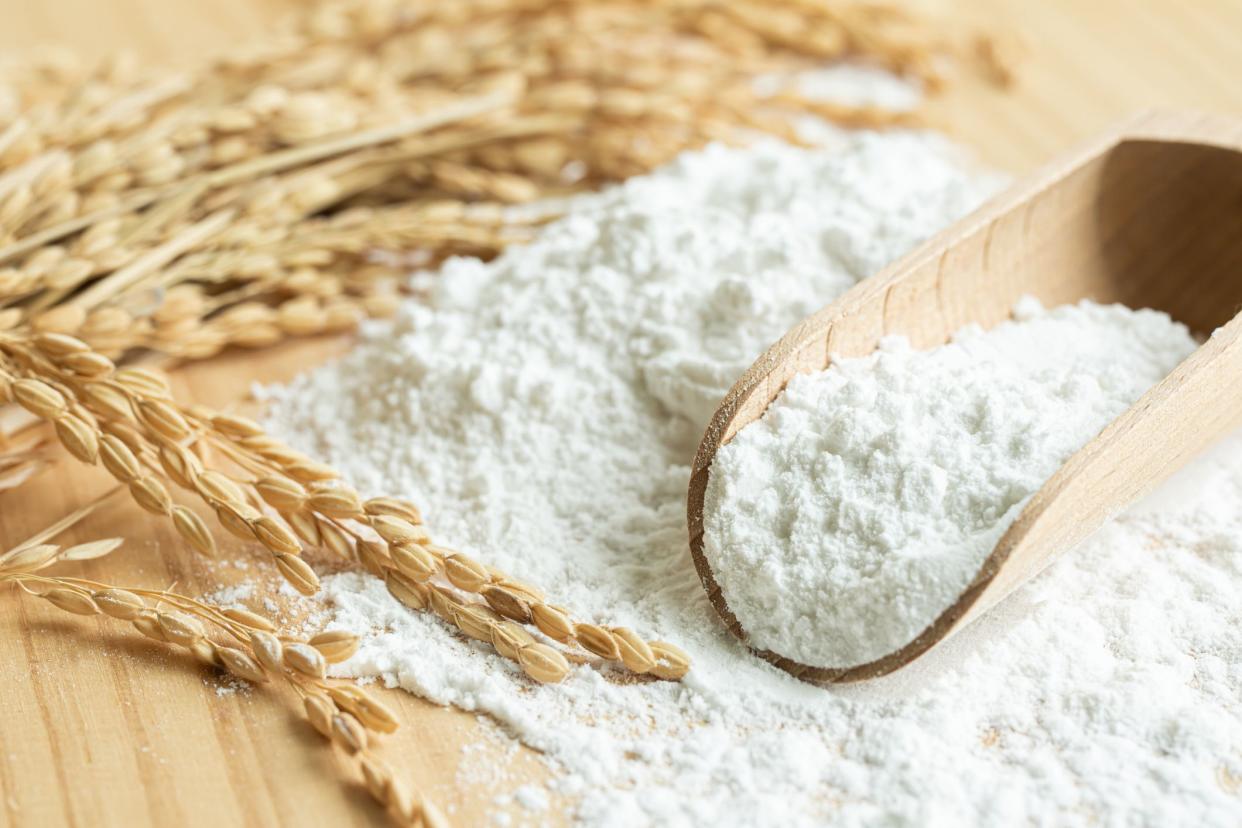
13. Certain Types of Flour
When it comes to baking, flour is a staple — but not all flours are created equal. Some types — like whole wheat, almond, or coconut flour — have a higher fat content or more natural oils. While they can add more flavor to your baked goods, they're also prone to going rancid if left in a warm pantry for extended periods. To ensure freshness, stash these flours in airtight containers or ziplock bags and place them in the fridge.
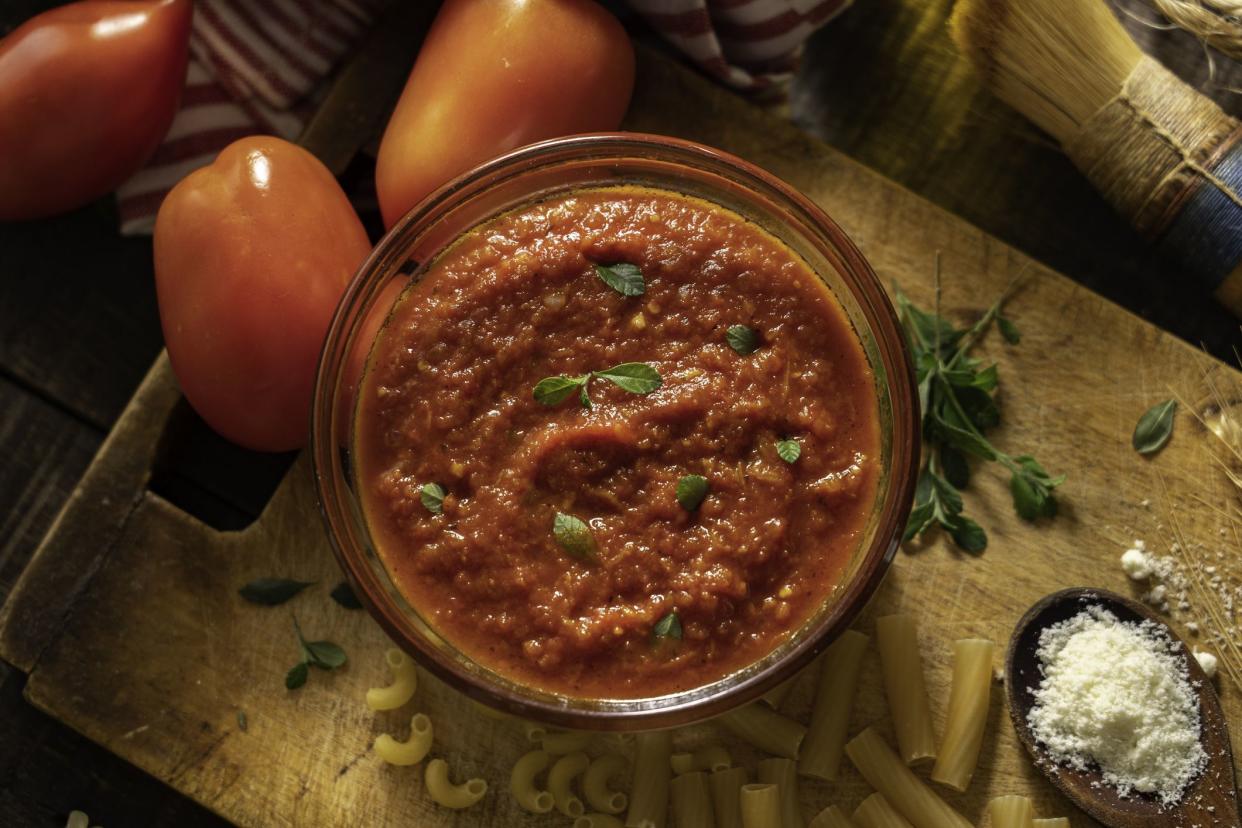
14. Fresh Sauces
Without the preservatives that store-bought versions often contain, homemade sauces can be a magnet for bacteria if left out. Placing them in the fridge not only extends their shelf life but also helps them retain the right consistency, flavor, and texture. Whether you're whipping up pasta sauce or a fruit jam, chilling these DIY sauces ensures freshness and prevents your hard work from going down the drain.

15. Citrus
Despite being kept in room temperature at grocery stores, citrus fruits like limes, lemons, and oranges should be kept in the fridge for maximum freshness. When left out in room temperature, these fruits can dry out and become less juicy when cut open. In the fridge, they can last twice as long as they would on the countertop.
This article was originally published on Cheapism







